-
Welcome to Tacoma World!
You are currently viewing as a guest! To get full-access, you need to register for a FREE account.
As a registered member, you’ll be able to:- Participate in all Tacoma discussion topics
- Communicate privately with other Tacoma owners from around the world
- Post your own photos in our Members Gallery
- Access all special features of the site
HOW TO: (Hidden) Two extra cigarette power adapters
Discussion in '2nd Gen. Tacomas (2005-2015)' started by Chickenmunga, Jul 19, 2013.


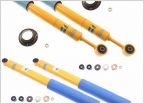 Help with finding front shocks/struts for my 2005 Tacoma
Help with finding front shocks/struts for my 2005 Tacoma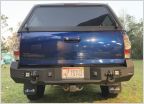 Got rear-ended... Looking for rear bumper suggestions
Got rear-ended... Looking for rear bumper suggestions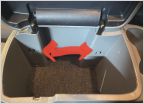 2011 Center Console Organizer
2011 Center Console Organizer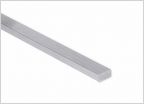 ISO: Matt Gecko window security bar for 2012 Tacoma
ISO: Matt Gecko window security bar for 2012 Tacoma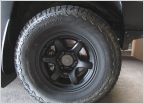 Brake rotors
Brake rotors
